It is predicted at the moment that the Russia-Ukraine hostilities will not end anytime soon. An agreement could have already been reached, especially after the talks in Istanbul, but there are those who are working to prolong the war as long as possible. We are talking in particular about the United States, the United Kingdom and the NATO circles headed by them. Not long ago there was a timid opening by Zelenski, which was immediately followed by an intervention by NATO Secretary General Stoltenberg to close any possibility of dialogue. The US wants the continuation of hostilities in order to continue the centuries-old Anglo-Saxon containment of Russia, using the Ukrainians as pawns in their strategy in this proxy war in which the future of Europe is also at stake.
Basically, the US wants to fight Russia to the last Ukrainian. That is why they insist with Kiev that the Ukrainians must not compromise and win the war. The Pentagon therefore assures that it will provide the necessary armaments and training to cope with the Russian invasion, but this aid can at best stop the Russian advance, it will not, however, force it to abandon Crimea and the Donbass. In fact, Washington’s real goal is not to lead Ukraine to victory, but to force Russia into a long war of attrition. US Defense Secretary Austin said: “We want to see Russia weakened to the point where it cannot do the kind of things it did by invading Ukraine”; and if Moscow gets bogged down for years in a conflict on its own doorstep, even better.
The US is committed to prolonging the conflict, rather than offering to mediate a diplomatic solution between Moscow and Kiev. Weakening Russia through a long war of attrition and with it the rest of Europe, on which all the economic fallout of this conflict will weigh, and in part already does, is Washington’s strategic objective in the logic of simultaneous dual containment. This is certainly a gamble for Washington, but by doing so it will be able to concentrate on the challenge launched by China, without having to worry about a possible rapprochement between Moscow and Western Europe, the latter now firmly anti-Russian and obligatorily Atlantic against its own interest. The real risk is that of dragging international partners and allies into the dangerous condition of co-belligerence in Russia’s eyes, with the real possibility that the perimeter of hostilities will widen with a direct clash between Russia and NATO.
“NATO must have a global perspective. We must avert threats in the Indo-Pacific by working with allies like Japan and Australia to ensure the protection of the Pacific. We must ensure that democracies like Taiwan can defend themselves, NATO’s plans are revealed to us directly by an important and influential member of the Atlantic bloc”. These statements were made by British Foreign Secretary Liz Truss at a meeting in London on 27 April.
So after having expanded into Eastern and Northern Europe with the accession process of two historically neutral countries like Sweden and Finland, turning the Old Continent into a powder keg, the Atlantic alliance is now aiming at the Asia-Pacific with the clear objective of containing China. The US is trying to create a kind of Asian NATO through bilateral alliances, the Aukus Agreement, the Quad and the Five Eyes alliance. All of which are actually moves aimed at China.
The strategy followed by Putin seems to trace the one outlined by a group of scholars from the Independent Defense Research Institute in Moscow in the mid-1990s when Russia was trying to rise again after the tragic and ruinous implosion of the Soviet Union. An event described by Putin as ‘the greatest geopolitical catastrophe of the 20th century’. The aim could therefore be to achieve the creation of a new federation of states comprising Russia, Belarus, Kazakhstan, part of Ukraine (Novorossiya), the Republic of Pridnestrovia (Transnistria), Abkhazia and South Ossetia. At the same time, Russia’s relations with Transcaucasia and Central Asia could be constructed in the same way as the former Comecon relations.
However, from the Russia-Ukraine conflict comes confirmation: Those countries that decide to follow US imperialism, that agree to become its vassals, the instruments of its geopolitical and strategic aims, then end up coming to a bad end. The US has long been working to make Ukraine an outpost against Russia. They stuffed Kiev with weapons, trained the armed forces and nationalist battalions, instigated and supported the 2014 Maidan coup that then gave rise to the war in the Donbass.
After all the red lines set by Russia have been crossed, they are working to prolong this conflict just to wear Russia down. They are basically prepared to fight every last Ukrainian against Moscow. With the result that Ukraine will probably end up dismembered for Washington’s interests. As has already happened to other countries in the past that have suffered destruction and grief because they were used as pawns by the US for its imperialist interests.
This article first appeared on the website of the Iranian Council for Defending the Truth.









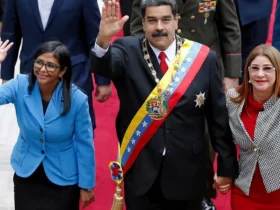
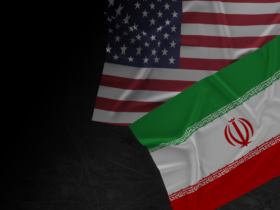
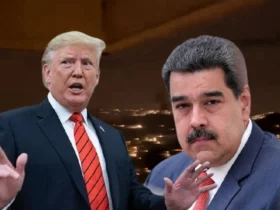
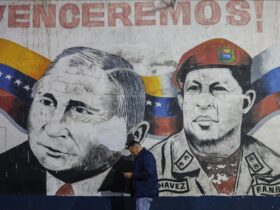
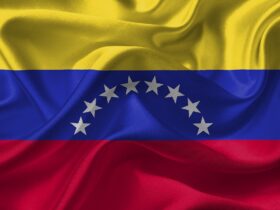

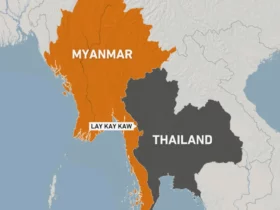

Leave a Reply